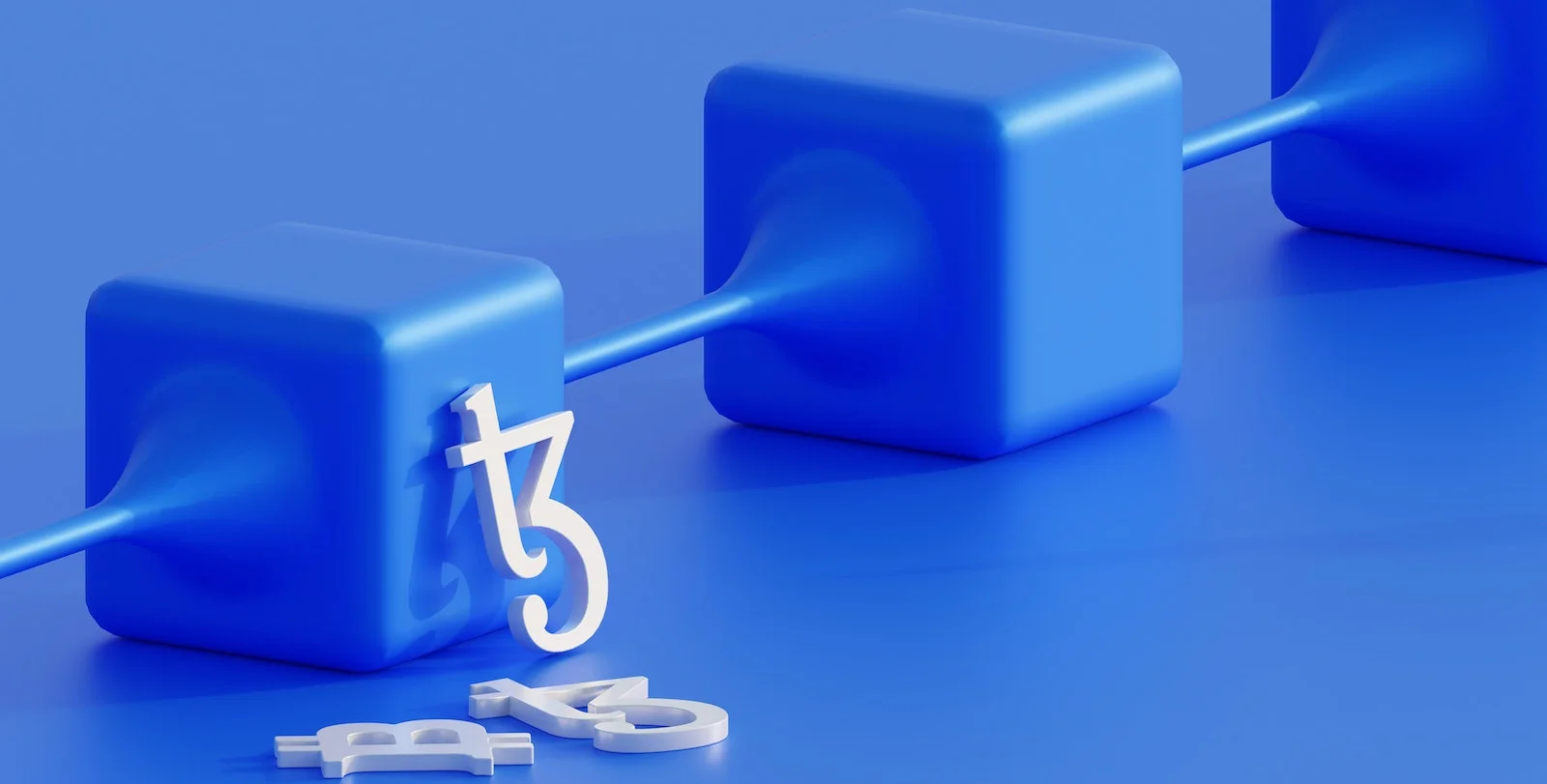What is Blockchain? Discover the technology that powers Bitcoin, Ethereum, BNB, XRP and other cryptocurrency networks.
What is Blockchain – Definition
Blockchain is a distributed ledger technology that enables secure and transparent transactions between two or more parties without the need for a centralized authority. In simple terms, a blockchain is a digital ledger that records and verifies transactions.
At its core, a blockchain is a series of blocks of data that are linked together. Each block contains a record of transactions, and each subsequent block in the chain is linked to the previous one, creating a chain of blocks. This chain of blocks is distributed across a network of computers, creating a decentralized system that is resistant to tampering and fraud.
The CTO of Ripple David Schwartz characterized blockchain like this: “A blockchain is a series of states of a distributed ledger where each subsequent state contains a secure reference to the prior state and sufficient information to demonstrate that the transition from that prior state complies with all of the system’s rules.”

Blockchain Key Features
One of the key features of blockchain is that once a transaction has been added to the blockchain, it cannot be altered or deleted (unless a 51% attack that results in a blockchain reorg occurs).
This is because each block in the chain contains a unique code, known as a hash, that is generated based on the contents of a given block and previous blocks. If any data in the blocks is changed, the hash will be different, making it easy to detect any attempted tampering.
Blockchains can be public or private. Public blockchains are open to anyone, and anyone can read, write, and participate in the network. Private blockchains, on the other hand, are restricted to a group of authorized users who can read, write, and participate in the network.
Blockchain Usage
Blockchains can be used for a variety of purposes, including:
- Digital currency: The most well-known application of blockchain is as the underlying technology behind cryptocurrencies like Bitcoin, Ethereum, and others. In this context, the blockchain serves as a public ledger that records all transactions on the network.
- Supply chain management: Blockchain can be used to track the movement of goods and ensure the authenticity of products. This is particularly useful in industries where transparency and traceability are important, such as food and pharmaceuticals.
- Identity verification: Blockchain can be used to verify the identity of individuals or entities in a secure and decentralized manner. This can be useful in a variety of applications, from voting to financial services.
- Smart contracts: A smart contract is a self-executing contract that is encoded on the blockchain. Smart contracts can be used to automate a wide range of processes, from insurance claims to supply chain management.
Conclusion
Blockchain is a digital ledger technology that enables secure and transparent transactions between two or more parties without the need for a centralized authority. It is a series of blocks of data that are linked together, with each block containing a record of transactions.